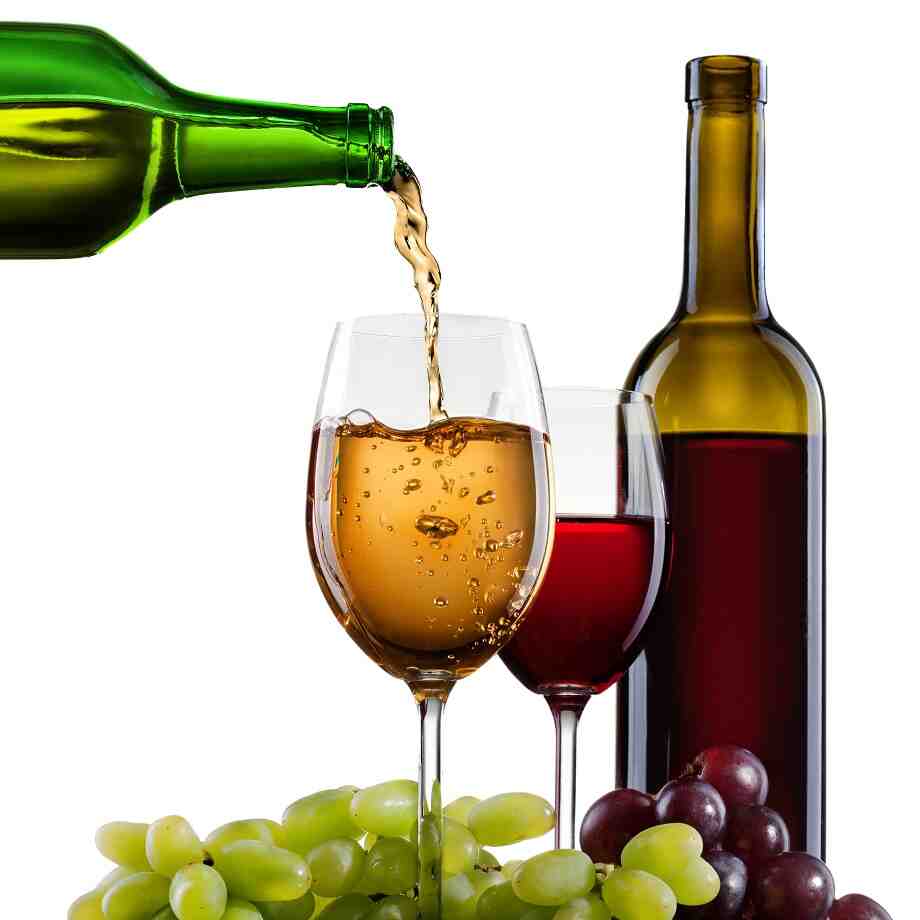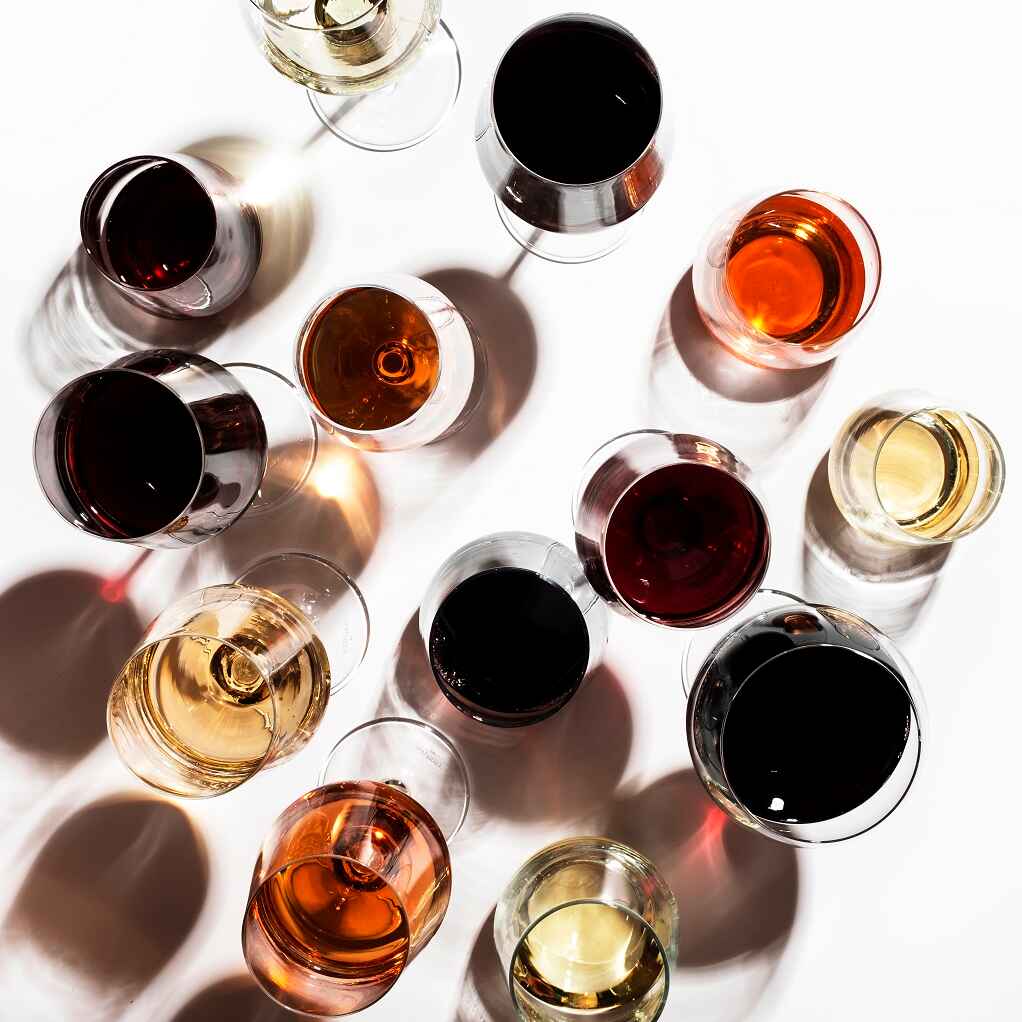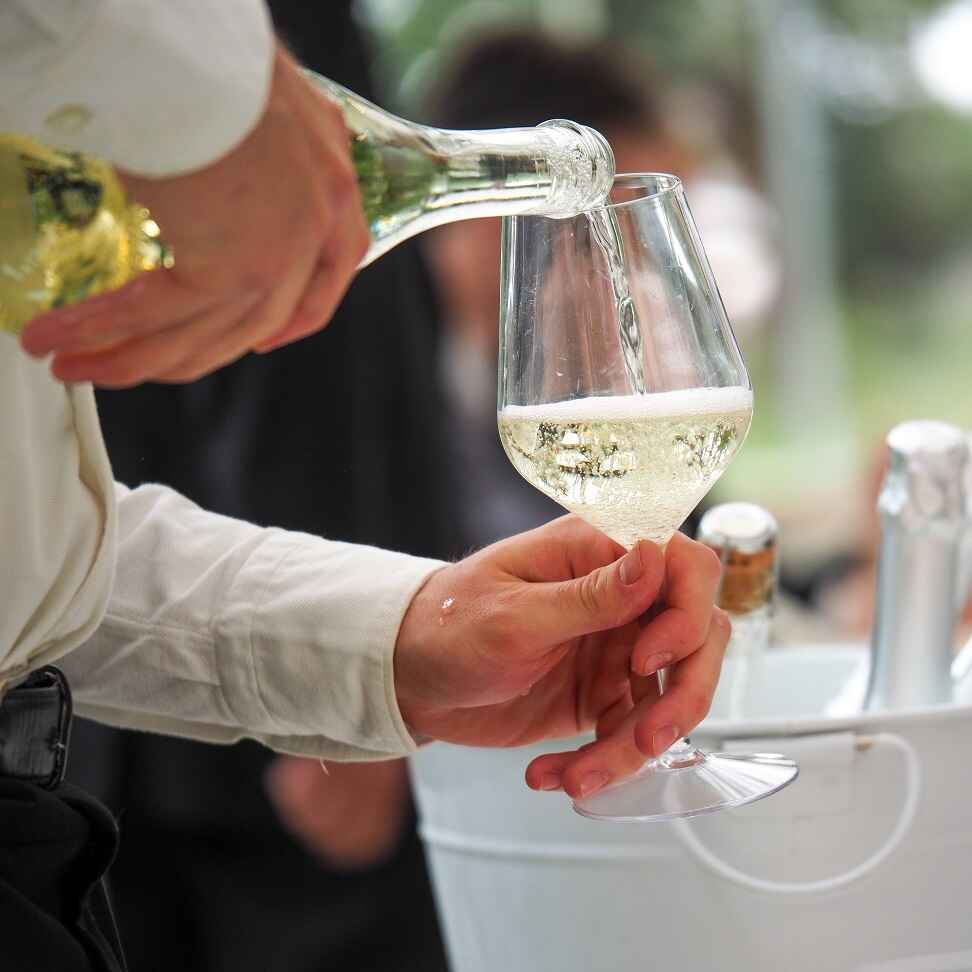The Secret Behind Ice Wines: A Winter Delight
When winter’s chill settles in and the air is crisp with the promise of snow, there’s one type of wine that perfectly embodies the essence of the season: ice wine (or Eiswein in German). Known for its sweet, intense flavors and luxurious texture, ice wine is a rare and exquisite treat that has captured the hearts of wine lovers around the world. The magic of ice wine lies in the very conditions under which it is made—when winter’s freezing temperatures transform grapes into something extraordinary.
In this article, we’ll dive into the secrets behind ice wine, exploring how it’s made, what makes it so special, and why it is considered one of the most enchanting wines to experience.
What Is Ice Wine?
Ice wine is a type of dessert wine made from grapes that have naturally frozen on the vine. The process of making ice wine requires very specific weather conditions, usually found in colder climates. When the grapes freeze while still on the vine, the water inside the grapes crystallizes, concentrating the sugars and flavors. The result is a wine that is intensely sweet, flavorful, and often packed with rich aromas of fruits like apricots, peaches, honey, and citrus.
Ice wine is typically made from white grape varieties such as Riesling, Gewürztraminer, and Vidal Blanc, though red varieties like Cabernet Franc are sometimes used. While many types of wine can be sweetened through fermentation or added sugar, ice wine’s sweetness is entirely natural, a gift of the harsh winter environment in which the grapes are harvested.
The Unique Process of Making Ice Wine
The creation of ice wine is as much an art as it is a science. It all begins with the careful cultivation of grapes in regions that experience cold winters with freezing temperatures—often below -8°C (17.6°F). In the northern hemisphere, Germany, Austria, Canada, and parts of the United States (particularly the Finger Lakes region of New York) are renowned for their ice wine production.
The Harvest: Timing Is Everything
The key to making ice wine is the timing of the harvest. Unlike most wines, which are harvested in the fall, ice wine grapes are left on the vine well into the winter. The grapes must freeze naturally on the vine, and only then are they hand-harvested, typically in the middle of the night or early morning when temperatures are at their lowest. The reason for harvesting during the coldest part of the day is to ensure that the grapes remain frozen when they are picked.
Because the grapes are frozen, they are incredibly fragile, making the harvest an arduous and labor-intensive task. Each grape is carefully selected, and only those that have frozen solid are picked. This selective picking ensures that the juice extracted from the grapes is concentrated and packed with sweetness.
Pressing the Grapes
Once harvested, the frozen grapes are quickly transported to the winery for pressing. This step is crucial because only the concentrated juice, which remains unfrozen, can be used to make ice wine. The frozen water in the grapes remains as ice, and the juice that is extracted is rich in sugars, acids, and flavors, but with a lower water content. The result is a much smaller yield of juice—sometimes just a fraction of what would normally be obtained from the same amount of grapes.
The juice that is pressed from the frozen grapes is rich and concentrated, and its high sugar content makes it perfect for fermentation into a sweet, intensely flavored wine.
Fermentation and Aging
The fermentation process for ice wine is similar to that of other wines, though it can take much longer due to the high sugar content. The cold, thick juice ferments slowly, and the yeast works gradually to turn the sugars into alcohol. Ice wine is often fermented at cooler temperatures to preserve its fruity aromas and delicate balance of sweetness and acidity.
Because ice wine is so rich and sweet, it often doesn’t require much aging, though it can benefit from some time in the bottle to develop complexity. Many ice wines are enjoyed young, when their fruit flavors are at their most vibrant and expressive.
What Makes Ice Wine So Special?
Ice wine is not just a wine; it is an experience. The combination of natural freezing and the painstaking process of harvesting and pressing creates a wine that has qualities unlike any other. Here’s why ice wine is so special:
1. Natural Sweetness
The most striking feature of ice wine is its sweetness. The freezing process causes the grapes to lose water content, concentrating the sugars and flavors. The resulting wine is incredibly sweet, but it has a refreshing acidity that balances out the richness and prevents it from being cloying. The result is a wine that is both intensely sweet and delicately nuanced, with vibrant flavors that can range from tropical fruit to honey and spice.
2. Intense Fruit Flavors
Ice wine is known for its rich and intense fruit flavors. The freezing process locks in the fruit’s natural sugars and concentrates the flavors, making ice wine a burst of ripe fruit in every sip. Common tasting notes for ice wine include apricot, peach, mango, citrus, and tropical fruits, along with underlying notes of honey, floral, and spices. These wines are often compared to nectar due to their rich texture and full-bodied flavors.
3. Limited Production and Rarity
Ice wine is rare by nature. The conditions required to produce it are so specific—freezing temperatures, perfect timing, and careful harvesting—that ice wine is produced in limited quantities. This makes it a coveted wine, often commanding higher prices due to its labor-intensive production and rarity. In some regions, ice wine can only be made in certain years when the winter is cold enough to freeze the grapes, making it even more exclusive.
4. Long Aging Potential
Despite being a sweet wine, ice wine has a remarkable aging potential. The high acidity and concentrated sugars allow it to develop over time, evolving into a more complex and rich wine. As it ages, the flavors of dried fruits, caramel, and spices become more pronounced, offering a completely different tasting experience. Many ice wines can age for decades, becoming smoother and more integrated as they mature.
5. Elegance and Balance
While ice wine is sweet, it is never overwhelming. The balance of sweetness, acidity, and fruitiness gives it an elegant, almost delicate quality. The wine’s natural freshness ensures that even as the flavors evolve, it maintains a lively and refreshing character that is a delight to sip. Ice wine is often enjoyed in smaller portions due to its intensity, making it an ideal companion for special occasions or moments of indulgence.
How to Enjoy Ice Wine
Ice wine is typically enjoyed as a dessert wine, though its versatility allows it to pair well with a variety of foods. Here are a few ways to enjoy this winter delight:
- Pairings: Ice wine pairs wonderfully with rich, creamy desserts like crème brûlée, tarts, or cheesecake. Its natural sweetness also complements blue cheese, foie gras, or nuts like almonds and hazelnuts. Additionally, it pairs well with spicy dishes, as the sweetness balances out the heat.
- Serving: Ice wine is best served chilled, but not too cold. Ideally, it should be served between 45°F and 50°F (7°C to 10°C), which allows its flavors and aromas to shine without being numbed by excessive cold.
- Occasions: Ice wine is perfect for celebrations, offering a luxurious touch to a special evening. It’s also an ideal wine for sipping on a cold winter evening by the fire, letting its warm, sweet flavors envelop you.
The Enduring Appeal of Ice Wine
Ice wine is a testament to the power of nature and the craftsmanship of winemakers. It’s a wine that tells the story of winter’s beauty, its ability to transform something as simple as a grape into a complex, concentrated elixir of flavors. The rarity, the production methods, and the flavors all come together to create a wine that is a true delight—one that lingers in the memory long after the last sip.
Whether you’re a wine enthusiast or someone looking to experience something new, ice wine offers an unforgettable tasting experience that brings the magic of winter to your glass.











